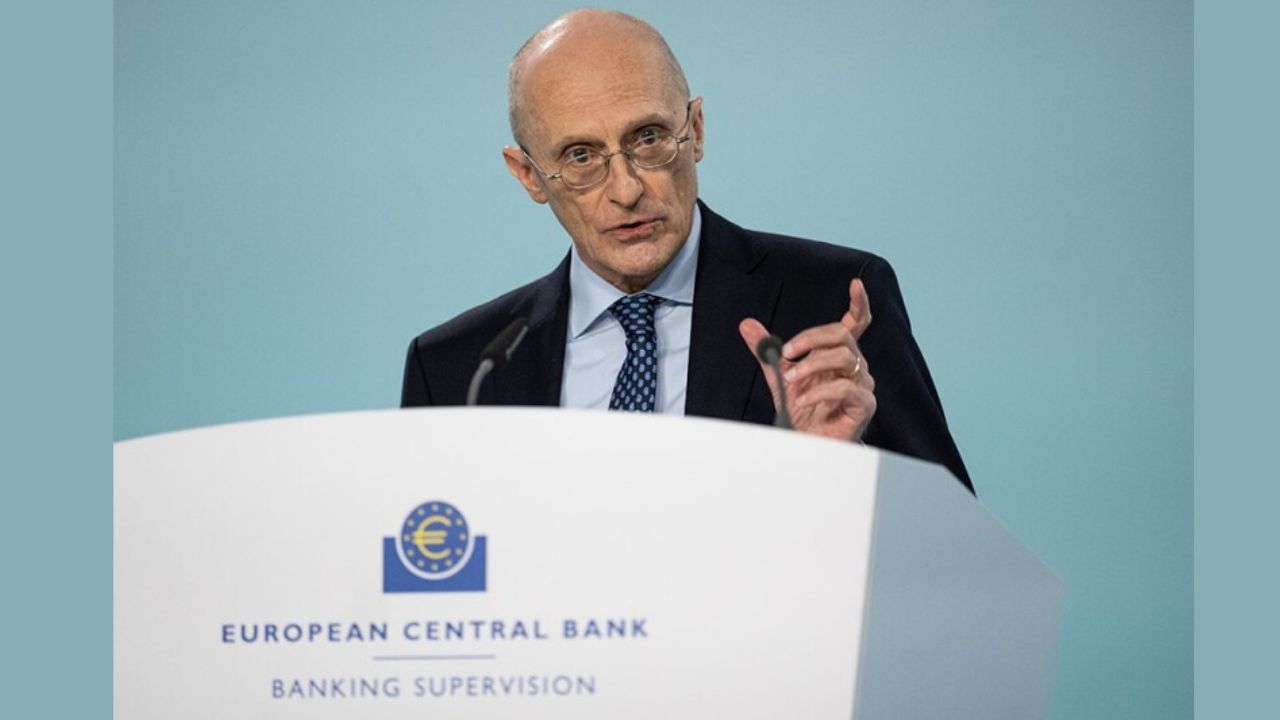European Central Bank‘s top supervisor highlighted the need for eurozone banks to adjust their risk management strategies amidst challenges arising from the end of ultra-low interest rates and the emergence of non-traditional competitors.
The recent surge in inflation and interest rates was managed well by banks, but this success has led to calls for preparation for more difficult times ahead.
Risk Assessment Amid Low Loan Losses:
Despite handling inflation and interest rate hikes well, ECB Supervisor Claudia Buch emphasized the need for a reevaluation of risk assessments.

She noted that low loan losses may be a result of unprecedented fiscal and monetary support, rather than an accurate reflection of future risks to asset quality.
Future risk management practices need to consider the potential impact of changing economic conditions.
Preparing for New Risks:
ECB highlighted the importance of banks adapting their risk management practices to address emerging risks related to cyber attacks, climate change, and geopolitical shifts.
These factors could fundamentally alter long-term business models, necessitating proactive measures to mitigate associated risks.

The use of innovative technologies like distributed ledger technology and artificial intelligence has lowered entry barriers for competitors, including shadow banks.
While this innovation and increased competition may benefit economic welfare, it also introduces new risks. Banks may face squeezed margins, potentially leading them to undertake riskier activities in pursuit of profitability.
